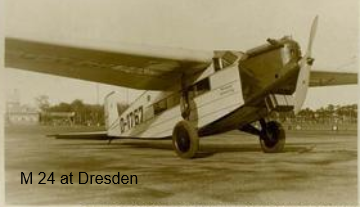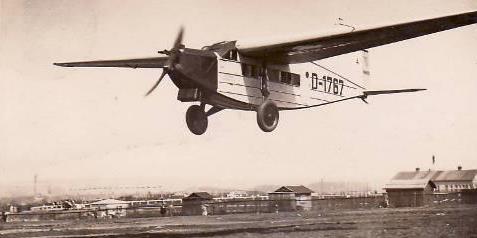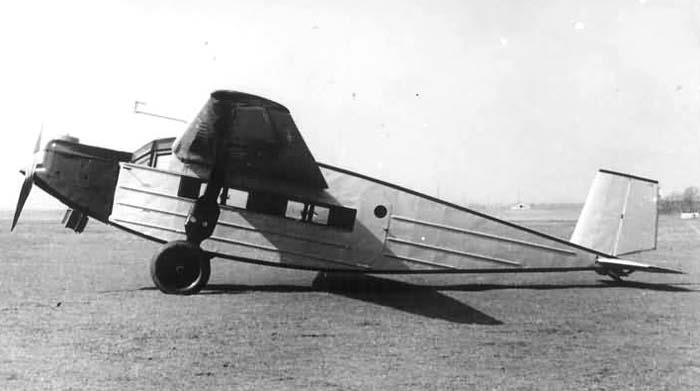| Type | a 2 + 8 seat airliner or transportplane ( 1000 kg) | b 2 + 8 seat airliner |
| Engine | 1 Junkers L5G | 1 BMW Hornet |
| Dimensions | Length 12.80 m, height 4.20, span 20.60 m, wingarea 43.0 m2 | |
| Weights | Empty , loaded , max. take off weight | Empty 1480 kg, flying weight 3000 kg |
| Performance | Max.. speed , cruising speed , range , endurance , service ceiling , climb | Max. speed 220 km/h, cruising speed 195 km/h, climb to 1000 m 4 min., service ceiling 5500 m, range 800 km |
| Type | Werk.Nr | Registration | History |
| a | 445 | D-1767 | First flight 8/7 1929. Made by BFW. In Febr. 1930 to Nordbayerische Verkehrsflug, Fürth. To Deutsche Verkehrsflug, Nürnberg in Nov. 1931. Crashed 1934 |
| a | 446 | D-1853 | First with BMW Va engine later Junkers L5G. In May 1930 to DVL e.V., Adlershof |
| b | 515 | Tested with floats at Travemünde in 1932 | |
| b | 516 | D-UHAM | Not sold until 1934, then to RLM |




